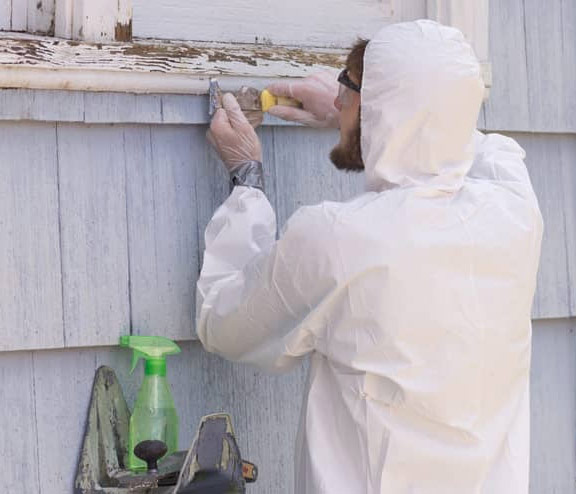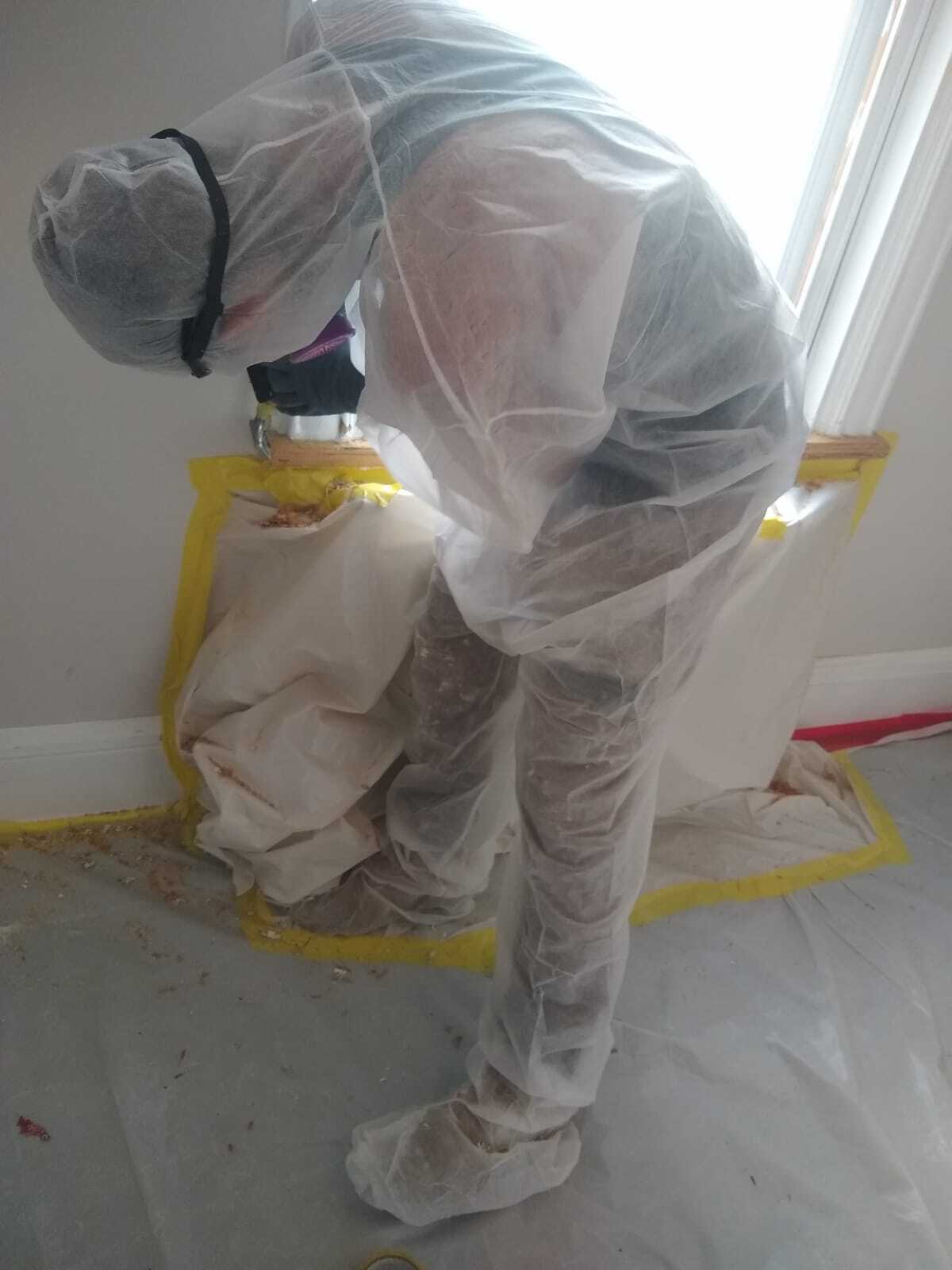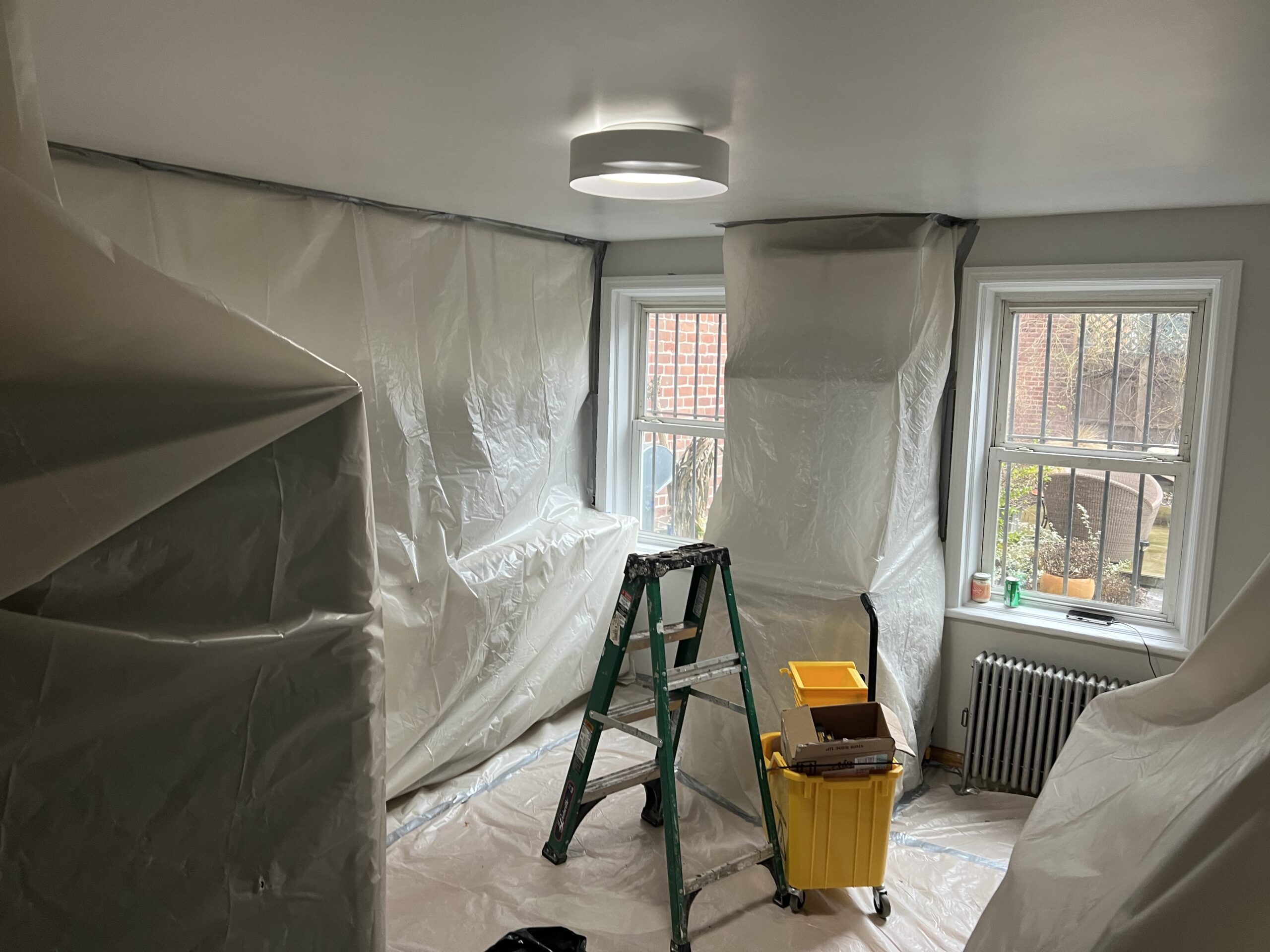DOH & HPD Lead Violation Removal NYC-- Professional Solutions for Conformity
DOH & HPD Lead Violation Removal NYC-- Professional Solutions for Conformity
Blog Article
Ideal Practices for Ensuring Safe and Extensive Lead Infraction Abatement
Addressing lead infraction reduction calls for a multi-faceted approach to make certain both safety and compliance. Initial evaluations making use of sophisticated discovery methods such as XRF analyzers set the stage for a precise understanding of contamination levels. Including correct control techniques, consisting of closed barriers and HEPA purification, paired with using individual protective tools (PPE) for workers, develops the foundation of a safe operation. Precise cleanup protocols, including HEPA vacuuming and wet-wiping, are essential. It's the last clearance procedure, including complete assessments and research laboratory testing, that really confirms a lead-free environment, making certain long-lasting safety. Just how do these techniques interconnect to ensure comprehensive lead reduction?

Initial Evaluation
Conducting a preliminary analysis is a critical very first step in lead offense abatement. This phase includes a thorough assessment of the residential property to recognize the presence, extent, and certain areas of lead-based risks. Qualified specialists, such as qualified lead inspectors or risk assessors, ought to carry out a detailed site examination, using devices like X-ray fluorescence (XRF) analyzers to properly find and gauge lead concentrations in paint, dust, dirt, and water.
The assessment has to likewise include an evaluation of the structure's history, previous reports, and any kind of issues or health and wellness issues reported by passengers - Lead Removal Contractors. Documenting the searchings for carefully is crucial, as these records create the basis for establishing an efficient reduction approach. A detailed assessment additionally entails tasting and laboratory analysis, which are important to validate the visibility of lead and guide succeeding activities
Furthermore, it is important to communicate the results transparently to all stakeholders, consisting of homeowner, occupants, and regulative authorities. By guaranteeing that the initial analysis is conducted with precision and rigor, specialists can lay a solid structure for a targeted and efficient lead abatement process, inevitably securing public health and wellness and ensuring conformity with regulative requirements.
Correct Control
Proper control is critical to stop the spread of lead impurities during abatement activities. Successfully managing control decreases the risk of lead dirt and particles migrating to non-work areas, consequently protecting both the atmosphere and people outside the prompt job zone. To accomplish proper containment, an airtight barrier of plastic sheet must be developed around the workspace, ensuring all seams and sides are safely sealed. Lead Removal Contractors. This obstacle ought to expand from flooring to ceiling and be taped down to stop any leaks.

Routine examinations of the containment area are necessary to look for breaches or weaknesses in the barrier. Any determined concerns must be quickly addressed to maintain website link the integrity of the control. By sticking to these techniques, abatement jobs can effectively regulate lead contamination and mitigate associated health dangers.
Worker Defense
Ensuring employee security is paramount throughout lead reduction jobs to avoid job-related exposure to harmful lead fragments. Necessary steps consist of making use of personal protective tools (PPE) such as respirators, gloves, and full-body matches especially developed to block lead dust and fumes. Workers need to go through thorough training on the correct usage and maintenance of PPE, including in shape testing for respirators to make sure optimum effectiveness.
Design controls, such as local exhaust ventilation systems, are crucial in lessening air-borne lead focus in the work setting. Administrative controls must also be implemented, consisting of limiting the duration of direct exposure and turning workers to lower specific direct exposure times. Normal medical monitoring and biological monitoring are important for very early detection of lead absorption, enabling prompt intervention and treatment.
Furthermore, developing a decontamination protocol is important. Employees need to follow rigorous decontamination procedures prior to breaks and at the end of their change to avoid lead dirt from being carried outside the workplace. This includes extensive hand and face cleaning with lead-specific cleaner and transforming out of contaminated clothing.
Meticulous Cleaning
Preserving a risk-free workplace prolongs past employee defense and includes thorough clean-up to make sure lead bits are completely removed from the site. The process of thorough cleanup is essential in avoiding the recontamination of the eased off location and guarding both present and future passengers.
To accomplish a comprehensive cleanup, all workspace should be systematically decontaminated. This includes making use of specialized HEPA (High-Efficiency Particulate Air) hoover and wet-wiping methods to capture and remove great lead dirt that might have chosen surface areas. It is necessary to clean all horizontal surface areas, including floors, window sills, and kitchen counters, as well as vertical surfaces that may have trapped lead fragments.
Employees have to use here are the findings ideal personal safety equipment (PPE) throughout clean-up to prevent exposure to recurring lead dust. Made use of cleaning products such as wipes, sponges, and mop heads need to be taken care of based on dangerous waste disposal policies.

Last Clearance
Last clearance is the crucial concluding stage of lead abatement that establishes whether the website is risk-free for reoccupation. view website This essential step involves comprehensive assessment and screening to verify that all lead dangers have been successfully removed.

Last clearance screening not only safeguards future passengers however additionally makes certain compliance with neighborhood, state, and government regulations. It serves as a recorded validation of the abatement professional's adherence to industry ideal methods. Guaranteeing a comprehensive and successful last clearance is essential in securing public health and fostering rely on the reduction process.
Final Thought
Making certain risk-free and extensive lead offense abatement requires a complex method including first analyses with innovative discovery techniques, reliable containment methods, strict employee defense methods, and thorough cleanup procedures. The last clearance phase, featuring detailed evaluations and laboratory testing, is vital to confirm conformity with EPA requirements. Adherence to these finest techniques guarantees a secure setting for owners, reduces wellness risks, and upholds regulatory requirements, consequently advertising public health and wellness and safety and security in lead-affected locations.
Report this page